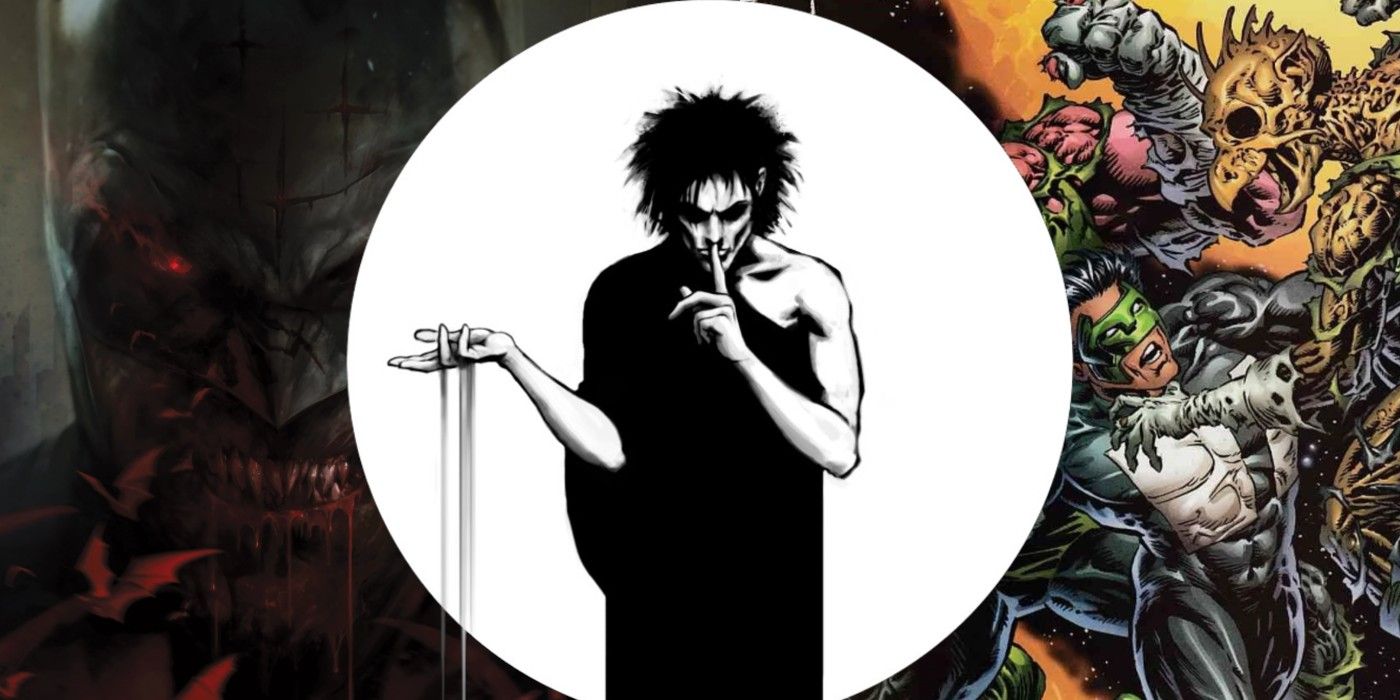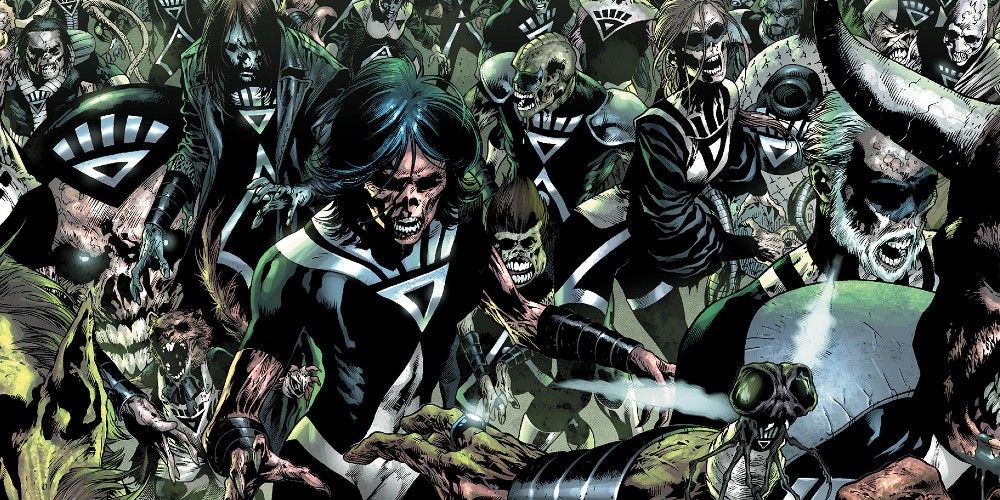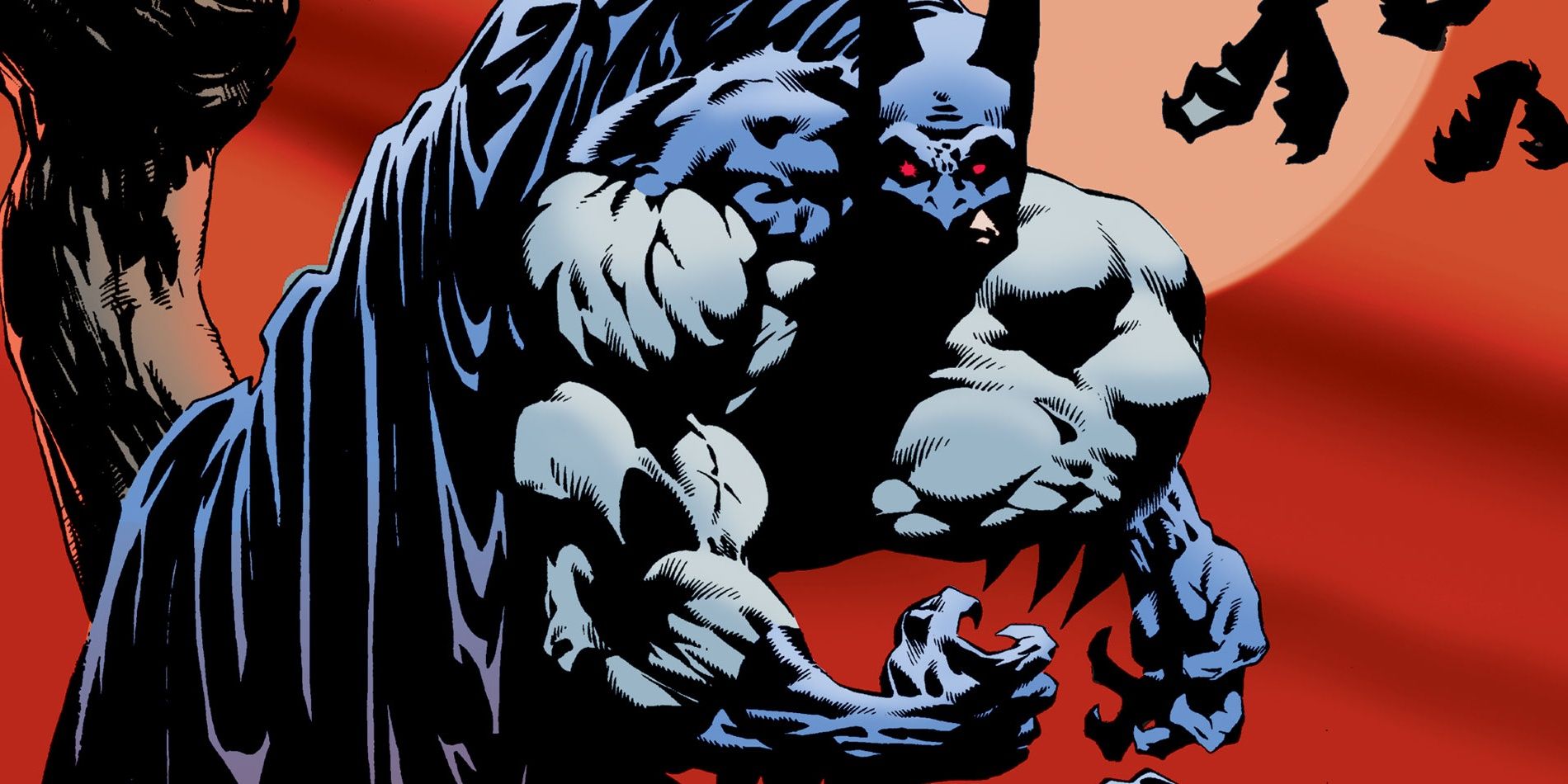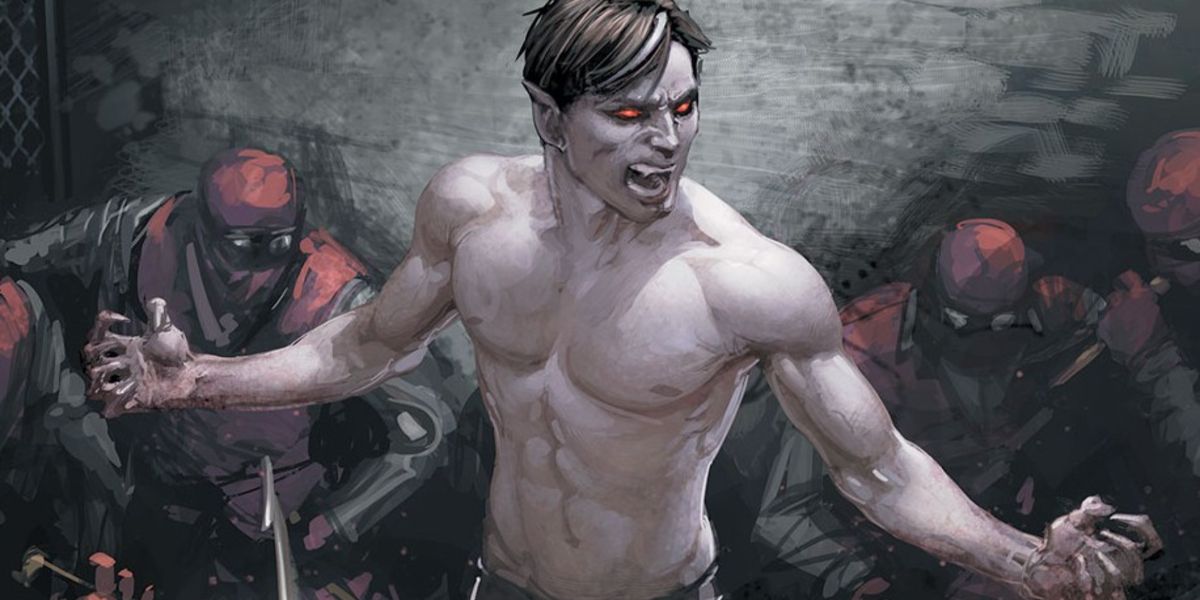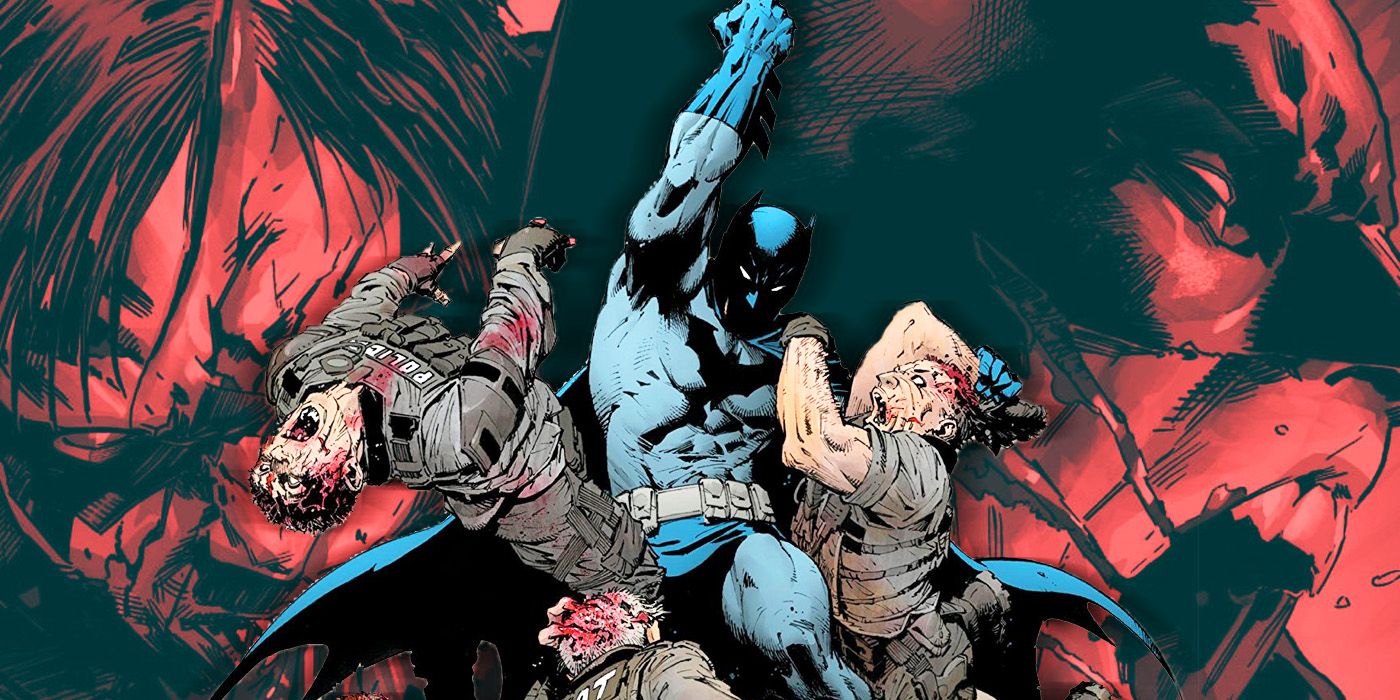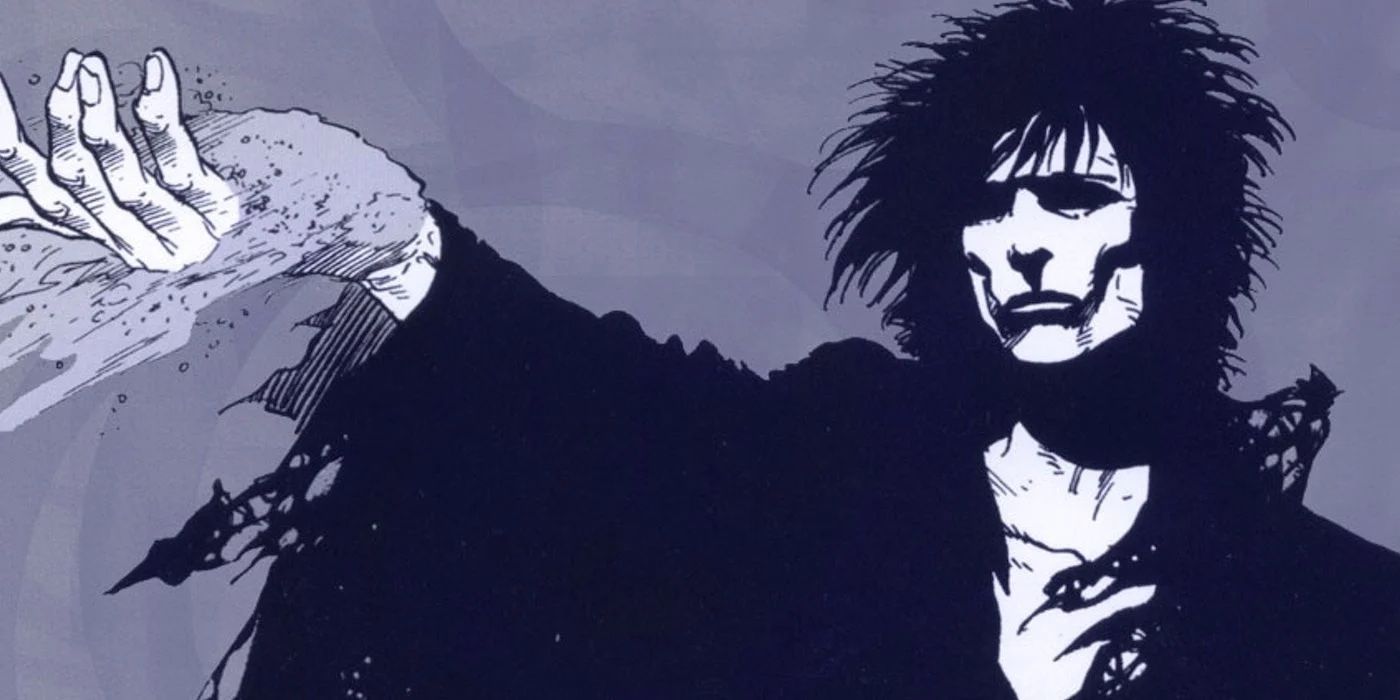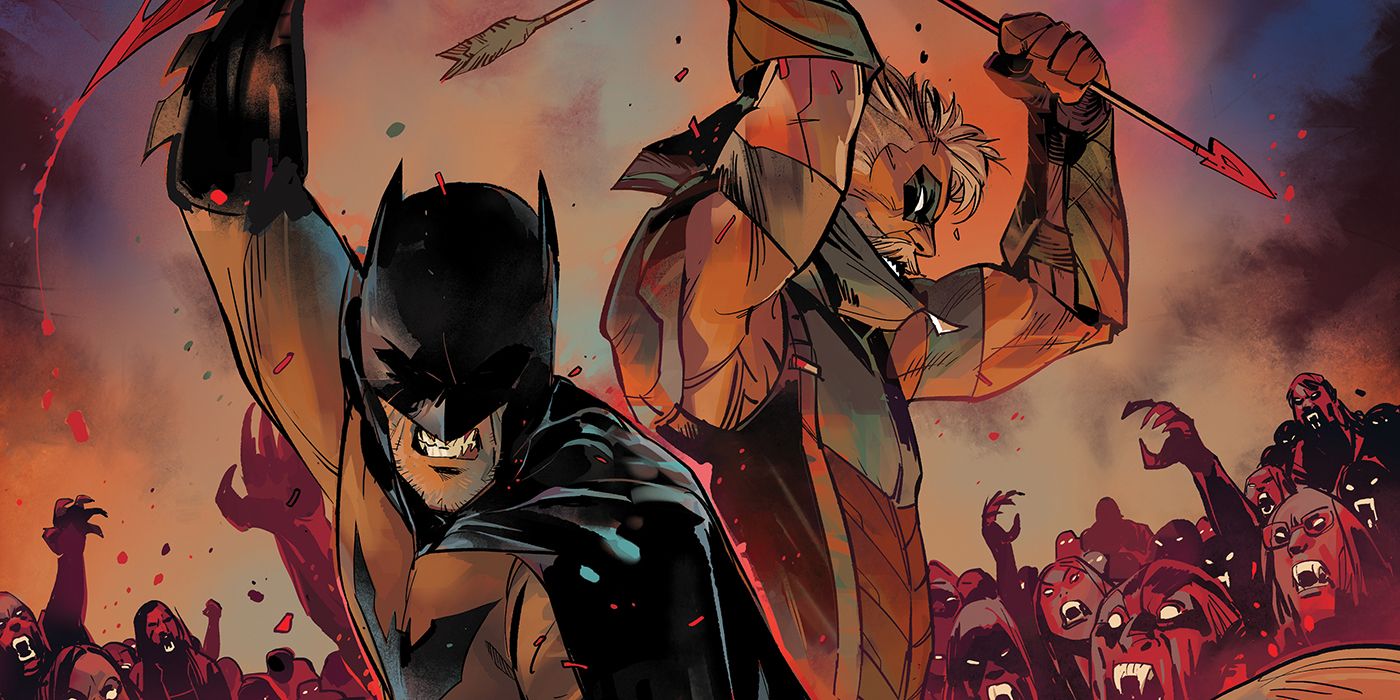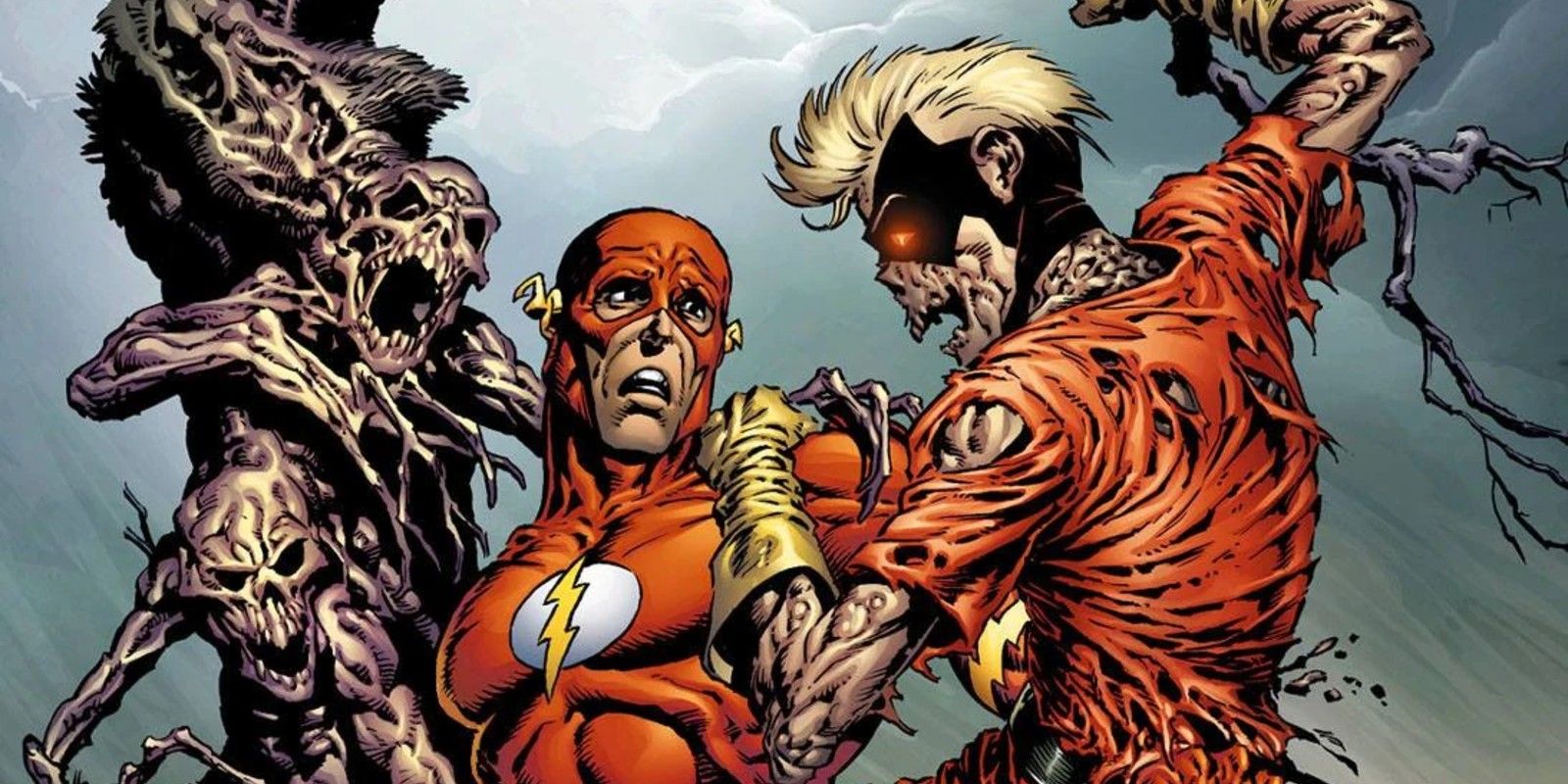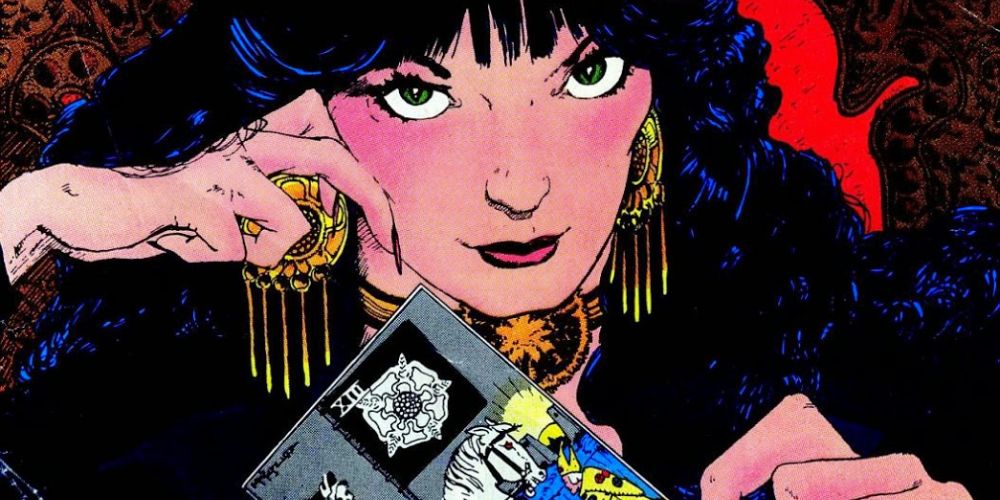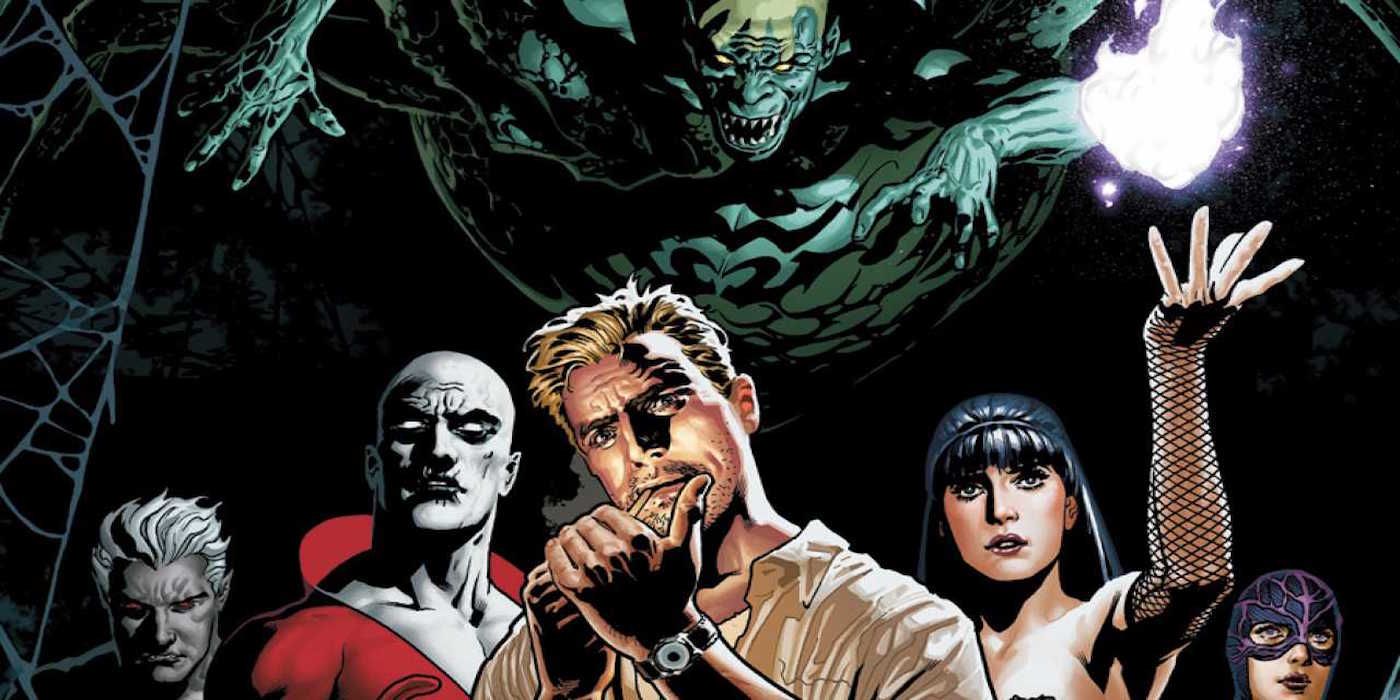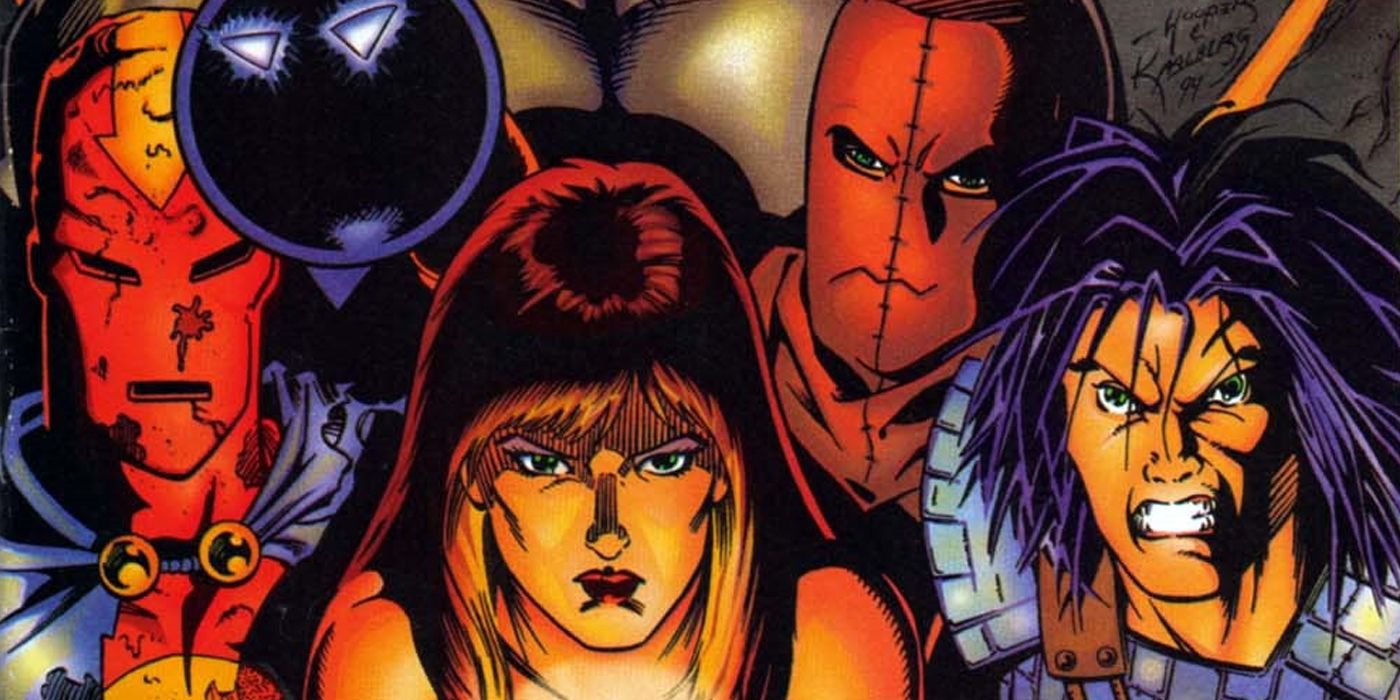There was a period in comics when horror books were as big or bigger than superheroes. Titles like Tales from the Crypt and Eerie were as popular as Detective Comics and Action Comics, and for good reason. These titles offered something the superheroes didn't: gross-out art and creepy stories. But with the coming of the Comics Code, horror comics faded away. Every now and then, the genre attempted a resurgence, but it never quite worked out.
But lately, with titles like Something is Killing the Children, Locke & Key, and Wytches, it looks like horror is making a comeback in comics. And while the DC superheroes and horror have come together on a number of occasions, it isn't something most readers think about when they contemplate the adventures of Flash, Wonder Woman, or Aquaman. Still, lurking in the darkness, that horror is there, waiting to pounce.
10 Blackest Night Is DC's Great Zombie Apocalypse
A Black Central Battery in Sector 666, the remains of the planet Xanshi, and the death of two Green Lanterns were the events that led to the coming of the Black Lanterns and a superhero zombie apocalypse that nearly destroyed the DC Universe. The third and final installment of Geoff Johns' Green Lantern Trilogy that started with Green Lantern Rebirth and continued with The Sinestro Corps War, Blackest Night saw the heroes of the DC Universe facing off against their fallen comrades, brought back to life as vile creatures thanks to Black Hand. Blackest Night is filled with creepy imagery and frightening moments that will lock readers in and make them afraid to turn the page.
9 The Batman & Dracula Trilogy Is Horror Noir Done Right
An Elseworlds trilogy created by Doug Moench and Kelley Jones, the three Batman and Dracula stories, Red Rain, Bloodstorm, and Crimson Mist took Batman out of the safety of the DC Universe and placed the Dark Knight into Bram Stoker's classic tale of the most famous vampire in history.
The Batman & Dracula Trilogy sees the World's Greatest Detective take on the Transylvanian Bloodsucker only to become a vampire himself. While these stories were originally set outside of DC canon, the Vampire Batman has made his way into the multiverse as Earth-43.
8 I... Vampire Has Been Haunting DC For Decades
Created by J. M. DeMatteis and Tom Sutton, the original I... Vampire stories from House of Mystery followed Bennett as he became a vampire who in turn turned his own love, Mary Seward, into a vampire as well. While Bennett was able to keep his vampirism under control, Mary went full evil, leading to Bennett being forced to battle against her.
I... Vampire finally became its own title and part of the DC Universe in 2011 when Joshua Hale Fialkov and Andrea Sorrentino updated Bennett's story for the New 52 era. The series was a critical success, but low sales led to its cancellation with issue #19.
7 DCeased Bit Into DC's Jugular
Not content with causing massive amounts of havoc in the Injustice comics, writer Tom Taylor teamed up with artist Trevor Hairsine to bring about a horrific look at the DC Universe in a reality where a corrupted version of the Anti-Life Equation begins to infect everyone on Earth, turning them into rabid zombies.
DCeased ended up being not just a critical success but a massive seller for DC, with the first issue leading to a sequel series, DCeased: Dead Planet, and a number of spin-offs. Like any good zombie story, DCeased is filled with a lot of death, gore, and scares.
6 Sandman Brought Gothic Horror To DC
Neil Gaiman's seminal work, Sandman started life as part of the DC Universe, with Morpheous even interacting with characters like Blue Beetle and Martian Manhunter, before the title was moved to Vertigo at the launch of the imprint where the writer was able to really go full-bore into his ideas.
Sandman may be the best-known and most beloved horror comic outside of the DC books of the Golden Age, and it continues to find new fans every year. With a coming Netflix series, chances are Gaiman's opus won't be forgotten anytime soon.
5 DC VS Vampires Promises To Bring The Scares
With the resurgence of horror comics in full effect, DC has been sure to give readers what they want, from their team-up with writer Joe Hill for a series of titles under the Hill House banner to grabbing up James Tynion IV's The Nice House on the Lake to be a part of the Black Label imprint. But that isn't the only horror title DC has Tynion IV working on. Coming this October is DC vs Vampires, written by Tynion IV and Matthew Rosenberg with art by Otto Schmidt. While the book hasn't come out yet, the title makes it clear what readers can expect: 12-issues filled with plenty of superhero vs vampire action.
4 DC Ghosts Forced The Heroes To Deal With Their Pasts
There was a time when DC Comics used themes for their annuals, having each of the yearly books connect in some form. In 1998, the theme for the annuals was "Ghosts," which saw each hero confronting figures from their past who have died. In some cases, the hero would have to battle the ghost or ghosts of the departed, but in other titles, it was a chance for the hero to come to terms with the loss of a loved one. All of the "Ghosts" annuals are worth reading.
3 Doorway To Nightmare Introduced A DC Horror Icon
Debuting in 1978, Doorway to Nightmare was part of DC's new "Mystery" line of books that were looking to see if readers were ready for a return of horror titles. Sadly, the book only lasted five issues before becoming a victim of the DC Implosion.
Still, Doorway to Nightmare has continued to live on through Madame Xanadu, a character created for the title to act as a host for the stories within. Madame Xanadu would later be brought into the DC Universe, where she was responsible for bringing back the Spectre after the events of Crisis on Infinite Earths and played a role in many of DC's magic-based stories before getting her own short-lived title as part of the New 52.
2 Justice League Dark Keeps The Horror At Bay
The Justice League is great at handling alien invasions and the Injustice League, but when it comes to the spooky stuff of the DC Universe, they're out of their league, pun intended.
That's why the Justice League Dark exists. When some creepy crawlies or maniacal magicians rear their ugly heads, this team of heroes that includes John Constantine, Zatanna, and other magical heroes is there to shut them down and make sure that the things that live under the beds of DC's civilians don't reach up and grab their toes.
1 Primal Force Was The Original Justice League Dark
Long before Justice League Dark started protecting the universe from the monsters and ghouls, the Leymen kept the nasty things of the DCU at bay. Birthed out of the Zero Hour event, Primal Force gave readers a look at a team of heroes and former villains brought together by Doctor Mist in order to fend off the darker things in the DC universe and fulfill a long-foretold prophecy. Sadly, readers weren't quite ready for a mix of superheroes and horror, and Primal Force lasted just 15-issues with the Leymen disbanding.

